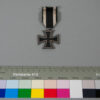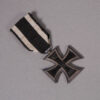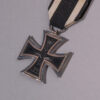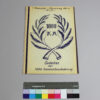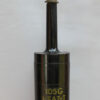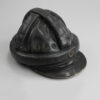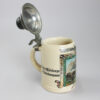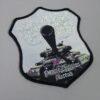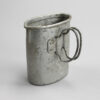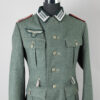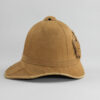Iron Cross II Class, First World War
Inventory number: DPM 3.2426
The foundation of the Iron Cross in the First World War marked its second revival: first established in 1813, it was also awarded in the war against Napoleon in 1870/71. The renewed awarding of the war decoration from 1914 thus also fits in with the narrative promoted at the time that the First World War had been forced upon Germany. In this case, the main enemy was once again France.
Medals and decorations are intended to highlight the achievements of individuals and mark them as exemplary individuals in the masses. In the First World War, when soldiers were “used up” as “human material” in material battles within a very short space of time, “heroic” man-to-man combat became rare and many soldiers died without ever having seen an enemy. The Iron Cross was not a contradiction to this, but rather embodied the need for the individual’s power to act. It was therefore still relevant in trench warfare.
By the end of the war in November 1918, 163,000 First Class Iron Crosses and 5 million Second Class Iron Crosses had been awarded, meaning that almost one in three soldiers had received an Iron Cross. Although the esteem in which the award was held declined along with the morale of the soldiers towards the end of the war, its symbolic value was retained in the post-war period: In the Weimar Republic, the ‘war cripple’ adorned with the Iron Cross and begging for alms often served as a moral indictment of the lack of social and financial recognition of the soldiers’ willingness to make sacrifices.
Object of the month
(short) stories from the depot
Unfortunately, many objects cannot currently be shown in the exhibition for conservation reasons. Here you will find unusual objects and exciting stories of special pieces from the depot



